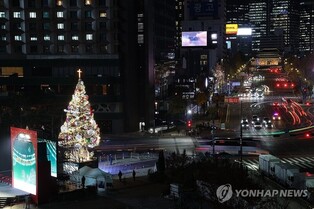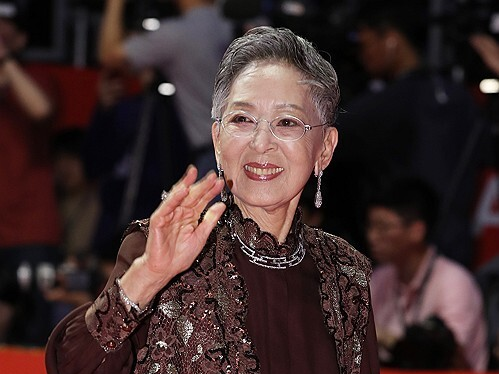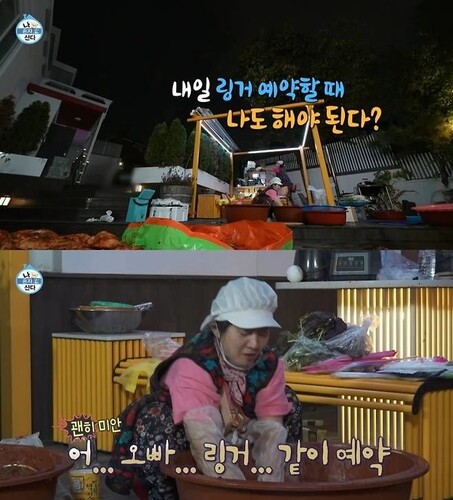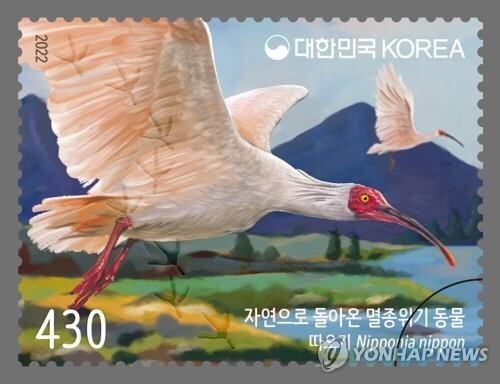 |
| ▲This photo, provided by KOREA POST, shows stamp of Crested ibises. (PHOTO NOT FOR SALE) (Yonhap) |
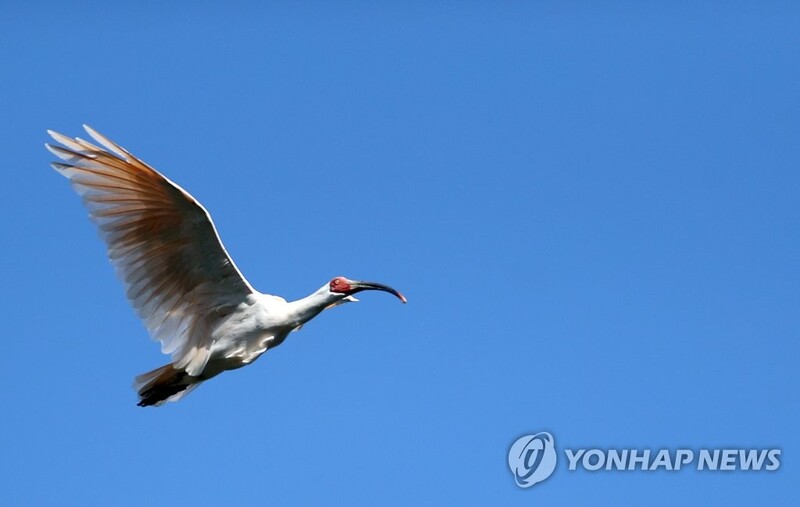 |
| ▲This shows crested ibis during releasing event. (PHOTO NOT FOR SALE) (Yonhap) |
 |
| ▲This shows crested ibis during releasing event. (PHOTO NOT FOR SALE) (Yonhap) |
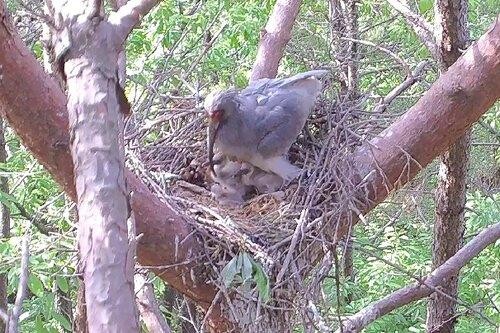 |
| ▲This photo, provided by Changnyeong county, shows crested ibis which gave birth. (PHOTO NOT FOR SALE) (Yonhap) |
SEOUL, Sept. 15 (Yonhap) -- Crested ibis, artificially raised after it disappeared from S.Korea, went back to the nature.
Ministry of Environment, Culutral Heritage Administration, South Gyeongsang provicem and Changnyeong Country released 40 artificially proliferated Crested ibis at the Upo Crested ibises Restoration Center to the nature.
Group of birds who have been only living inside the cage after artificial incubation flied to the sky and disappeared into the Upo Wetland.
This is the sixth time since 2019 crested ibis have been released into the nature.
It was released in every spring until 2020, but since last year, they are additionally released in autumn.
Crested ibises, only familiar with feed, were trained for about three months to react to wild food such as loach and sea snail.
Of the 40 ibises that returned to nature, 24 were females and 16 were males.
Twenty have GPS trackers with them.
Changnyeong county, in the early days, released many male birds with high natural adaptation rate.
But they have been increasing the rate of female birds released into the nature to give male birds more opportunity to breed.
Total of 240 crested ibises, 40 birds each for six times. have returned to the nature.
The county predicts that 123 out of 200 birds released until this year are currently alive, according to their monitoring.
Dr. Kim Sung-jin from the center said, "There are birds who died of hunger or were eaten by natural enemies"
Female crested ibis released in 2021 partnered and bred in the wild for the first time.
The county also announced that few babies have hatched from female crested ibis in the wild.
There are anually about 40-50 birds officially hatched from the center in Changneyong county.
Changnyeong county expects wild ibises to be reproduced naturally, as many as birds hatched by artificial breeding annually.
Most of the ibises that returned to nature live in Changnyeong county, centering on Upo Wetland.
Some ibises have been observed in Yeongwol county, several tens of kilometers away, Changwon city, Jinju city, Miryang city, Gyeongju city, Goryeong county, and Namwon city.
Crested ibis, affiliated to Ciconiiforme Threskiornithidae, was once common, appearing in a children's song.
But it disappeared without a trace from Korea in 1970 due to hunting and damaged habitat.
Even now when they are being restored, crested ibis, they are still 198th natural monument and second-class endangered wild animal.
Gyeongsang province and Changnyeong county have been promoting the restoration of crested ibis since 2006 after hosting the 2008 Ramsar General Assembly, also called the "Environmental Olympics."
The restoration project was actualized when China donated four ibises in 2008 to commemorate the Korea-China summit talks.
Upo Wetland, the largest inland wetland in Korea affiliated to Nakdonggang River water system, is suitable for the restoration of ibises.
Changnyeong county and its government's will to revive endangered species were also in line.
The final goal of the restoration project is for crested ibis to settle down in various parts of our land.
China, who started the restoration project earlier, has 3,000 ibises while Japan has 1,000 ibises.
(This article is translated from Korean to English by Jiwon Woo.)
(END)
(C) Yonhap News Agency. All Rights Reserved

















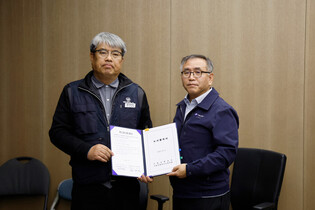
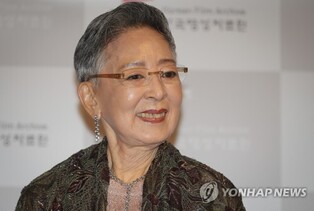

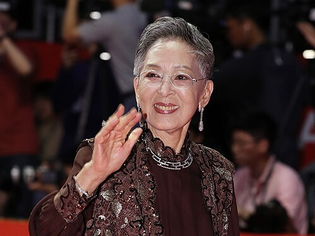
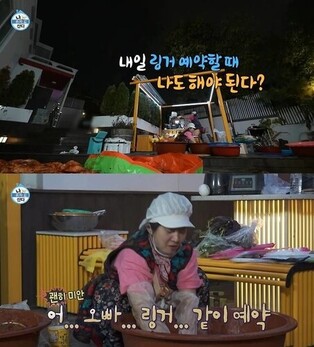
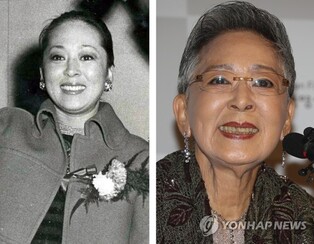
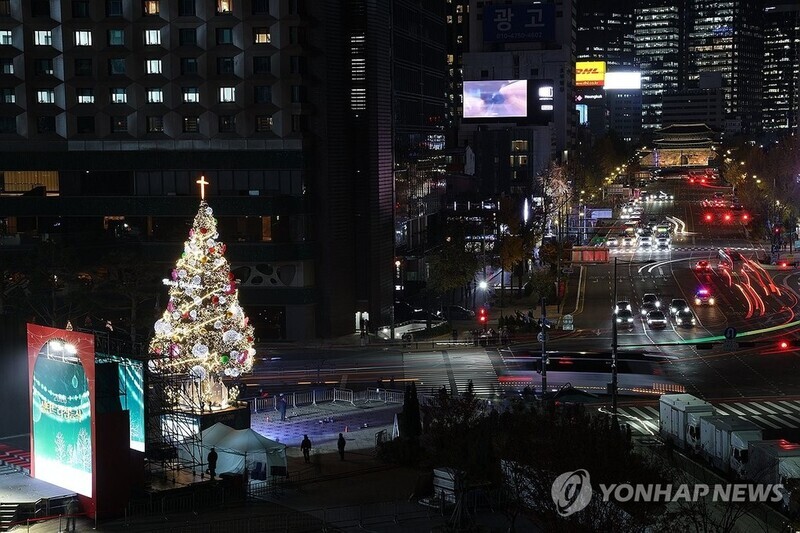

![[가요소식] 10대 싱어송라이터 민서, 데뷔 싱글](/news/data/20251211/yna1065624915952705_742_h2.jpg)
